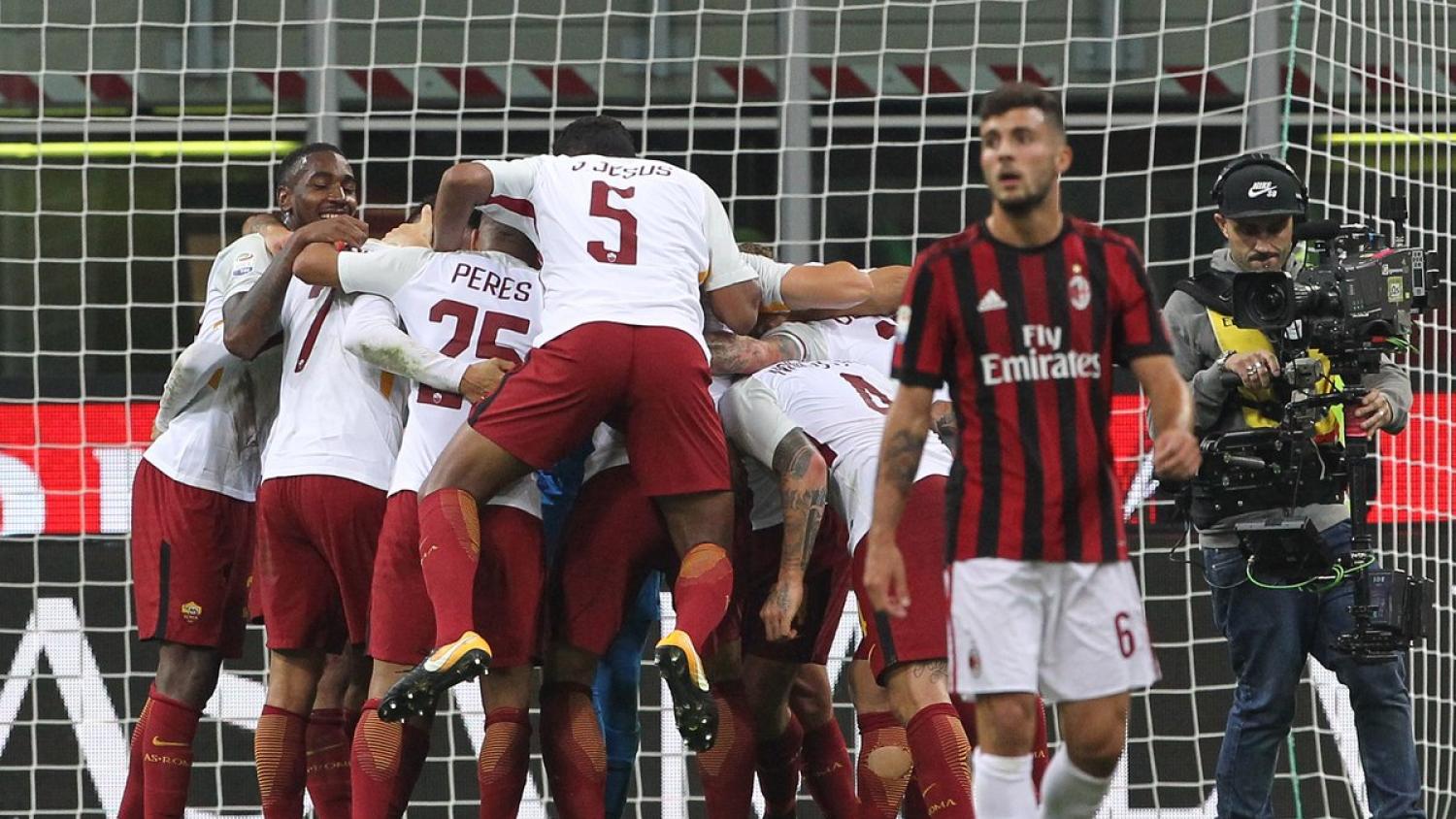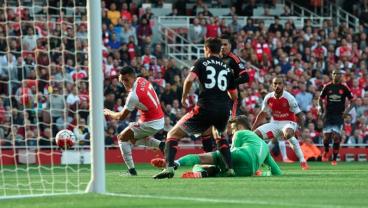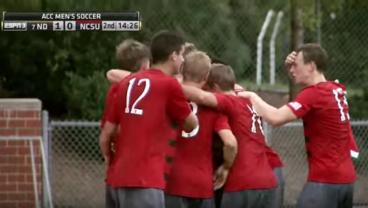Ahead of the weekend, the most eye-catchingest of matches was undoubtedly AC Milan versus Roma at San Siro on Sunday. It was one of those neat and tidy matches, games which allow us to check in with two teams who are competing with the same aim: finish in the top four, possibly threaten a title challenge.
Those are lofty ambitions. The clubs have gone about achieving these goals in vastly different ways. That’s what made this game so compelling. On one hand, you had Milan, which commanded headlines and threw around cash like a lottery winner with a coke habit. On the other, you had Roma, which has invested its trust in a new sporting director and an unsung manager, while selling good players for high prices.
To call it a game of binary opposites would be disingenuous, but there was definitely the feeling that these two projects represented vastly different routes to the same destination. To begin with, we should set the scene a little. Where were these clubs coming into Sunday’s match?
We should start with Roma, if only because Milan has had top billing for so many months now. The key signing in Roma’s summer was not a player or a coach, but a sporting director. In previous blogs, we’ve covered the Monchi project, discussing how the Spaniard’s world-renowned talent for spotting bargain players and turning them into world beaters at Sevilla put him in high demand.
Monchi arrived in Rome during a difficult summer. Francesco Totti retired. Luciano Spaletti left. Mohamed Salah was sold for big money. As a result, Eusebio Di Francesco was signed to take over the coaching role, Totti moved upstairs and the Salah money was spent on a number of players from across Europe. To call the new arrivals underwhelming would be unfair, but they certainly didn’t set pulses racing, let’s say.
But Roma has done well already this season. The coach’s new approach has been steadily becoming more evident and, despite stutters and sluggish performances, they’ve shown flashes of real quality. Perhaps the only real negative was losing to Inter in a game Roma dominated. Also, they were drawn in a particularly tough Champions League group. But, other than that, they have been quietly going about their business.
Milan has done nothing quietly. Ever since the Chinese money arrived in the summer and Silvio Berlusconi finally shuffled away from his ownership position, practically everything that has happened at the club has been dramatic. Apart from the manager, that is.
Vincenzo Montella is a good coach. After a series of stints around Italian football and one particularly impressive spell at Fiorentina, he has been entrusted with the reins at Milan. Last year, that meant dealing with a dearth of talent, mostly young and cheap players picked up without an over-arching plan. He did quite well. He was kept around when the revolution began.
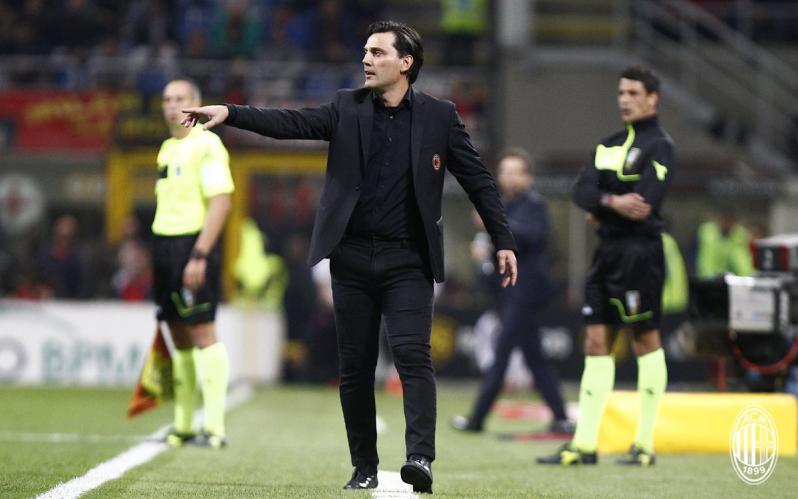
AC Milan coach Vincenzo Montella. Photo: @acmilan | Twitter
That revolution arrived in the form of foreign investment. Over recent years, Milan’s spending had become almost comical in its thriftiness. Traditionally, Berlusconi would go out and spend big only when he needed a publicity boost for political reasons. Now that he’s been exiled from office, that was no longer necessary. Standards had been slipping.
But the Chinese investors had no such qualms. They spent big. Franck Kessie, Ricardo Rodriguez and others seemed to be smart, sensible buys. But Leonardo Bonucci was the jewel in the crown, a player coveted by every club in the world.
Even then, there was still something missing. All summer, Milan had talked of spending big on a striker and, apart from a late splurge on Nikola Kalinic and an investment in the young Andre Silva, this part of the team was not really addressed. Rumors were that the Bonucci money prohibited a superstar striker being signed. So began the rumblings of discontent.
Milan started well. They crushed low quality opposition and it seemed as though the team was really gelling. And they had to. Almost all the starting XI had never played together. It was no surprise when Milan began to falter. Losses and draws replaced the wins. Lazio, particularly, tore them to shreds. Suddenly, it wasn’t always sunny in Milano.
Which brings us to Sunday’s game. Whereas Roma was chugging along nicely, beginning to put the pieces together, benefitting from a lack of media glare and a settled squad, Milan was essentially imploding. Montella’s job was under threat. There were rumors that the board regretted signing Bonucci. It emerged that, should the club not be able to finish in the top four, the entire project might be over before it started. Financially, everything was dependent on a top four finish.
To put it mildly, Milan had to win. They had to show that they had a big performance in them. And, for 60 minutes, they almost managed.
It was a tight game. Roma was wary of repeating its mistakes against Inter, where they dominated the game but allowed their opponents to walk away with all three points. Milan was desperate to prove the doubters wrong. The first half ended goalless, but there was enough quality on show from either side to win begrudging nods from neutral supporters.
In the second half, the game began to unravel. The first signs came from Edin Dzeko, who managed to get himself booked for dissent. He was in danger of boiling over and doing something stupid. Fortunately, Roma managed to restore order and the striker escaped any further punishment.
Milan was not so lucky. For the first 60 minutes, they controlled the ball and dominated possession. Playing at home, they looked comfortable against more vaunted opposition for the first time this season and began to chip away at the Roma defense. This culminated in Bonucci’s fierce shot being parried by Roma goalkeeper Alisson. They were getting closer.
Then Roma scored. It wasn’t a beautiful goal. A Dzeko shot deflected and found its way into the net. Whereas the Bosnian had been in danger of losing his head, it was Milan who started to crumble. Five minutes after the first goal, Alessandro Florenzi turned in a rebounded shot and doubled the lead. After so long spent on the sidelines, few would begrudge Florenzi his goal.
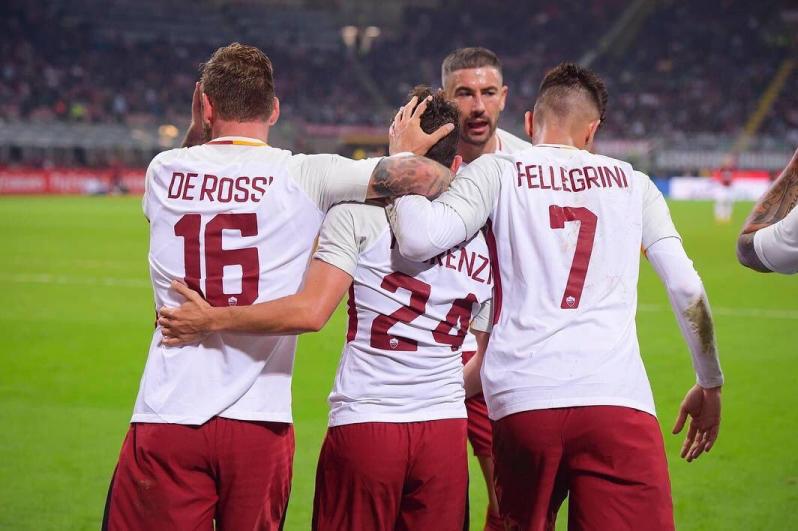
Roma celebrating. Photo: @FootyScouted | Twitter
As the 80th minute loomed, Montella was yet to make a sub. Even after he brought on Patrick Cutrone for Kalinic, however, his plans were thrown asunder. A needless second yellow for Hakan Çalhanoğlu meant Milan had to try and find an equalizer with ten men. They couldn’t manage it. The game finished with Roma two goals to the good.
The match was incredibly helpful for observers. In 90 minutes, we were able to evaluate the progress of both sides and saw their fortune diverge down two different, contradictory paths.
The result leaves Milan in a tricky position. The squad is still struggling to figure out how to play. This is a natural byproduct of the summer. For 60 minutes, they managed exactly what was required and then fell apart. Should Montella’s job depend on an excellent opening to the game or a disastrous close? At the time of writing, he has not been fired. It could all change in a matter of hours.
If he is replaced, the next manager will face exactly the same problem. Milan is by no means out of the race for the Champions League, but its once-positive headlines are quickly turning negative. They may be forced to act out of desperation.
For Roma, the future is much brighter. This was a very good performance, one which included welcoming Florenzi back into the fold. Di Francesco was hardly the biggest name in management when he arrived, but his stint at Sassuolo demonstrated that he is a very competent coach, with this match coming as a validation of his ideas. While Roma might not be in contention for the Scudetto, they should certainly be aiming for the top four.
Though neither side is now assuredly in or out of the top four based on this performance alone, the match has served to justify Roma’s summer approach over that of Milan. For now, slow and steady improvement seems to be winning out. By the time Milan figures out how to play, however, it could be a completely different story. But it’s compelling, nonetheless.


